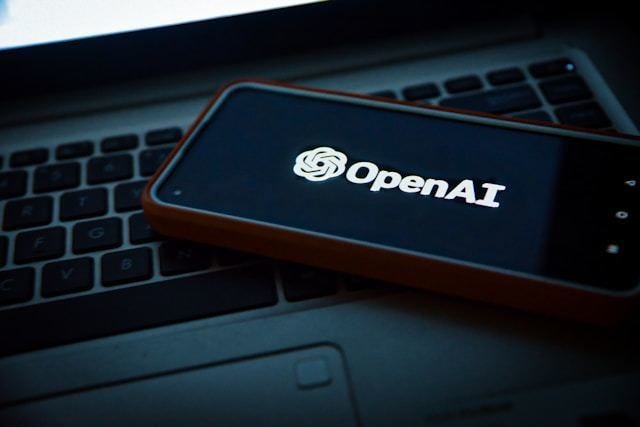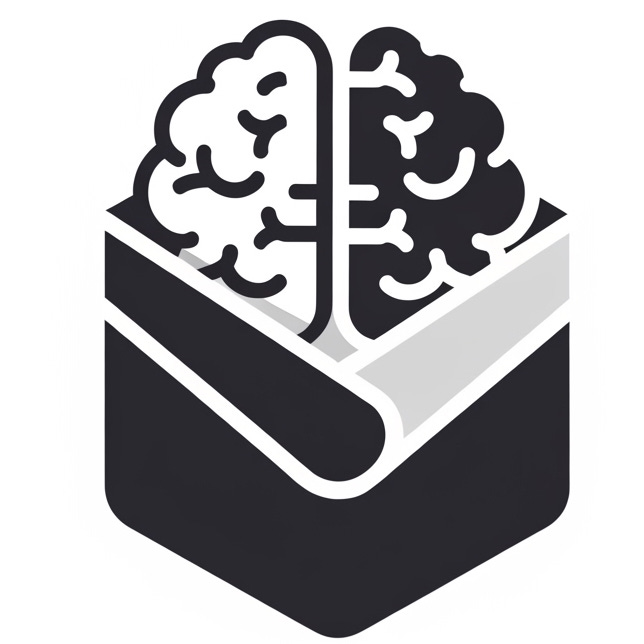
Another day, another tech behemoth throwing obscene amounts of money at artificial intelligence. It’s rather like watching billionaires have a water balloon fight, except the balloons are filled with cash and the rest of us are getting soaked with the consequences.
The recent news about OpenAI negotiating with Microsoft for new funding and a potential IPO is quite significant for the broader AI ecosystem. These negotiations potentially signal a new chapter in how AI development will be capitalised and commercialised going forward. The Financial Times report suggests discussions that could dramatically reshape one of the most important relationships in modern technology.
Have you ever wondered what motivates these enormous investments? Is it genuine belief in AI’s transformative potential, or simply FOMO from tech giants?
Microsoft’s continued investment in OpenAI represents one of the most consequential partnerships in tech right now. Their initial $13 billion investment has already transformed their product offerings, with GPT models now integrated across their platforms from Office to GitHub Copilot.
This level of integration shows how seriously Microsoft is taking AI as the future of computing and software development.
Is It More Than Just Another Tech Listing?
The potential IPO is where things get particularly interesting from both a business and ethics perspective. If OpenAI does go public, it could be one of the most significant tech IPOs we’ve seen in years. According to the Financial Times report, they’re looking at a valuation that could significantly exceed that of many established tech giants.
This raises important questions about accountability, governance, and research priorities.
What happens when an organisation founded on principles of safe AI development faces shareholder pressure for quarterly returns? Can these two imperatives be reconciled?
From my studies in AI ethics, I’ve learnt that commercialisation pressures can sometimes conflict with safety considerations. OpenAI was originally founded as a non-profit organisation with a mission focused on ensuring AI benefits humanity.
As I discussed in my previous article, OpenAI has announced plans to transition from its capped-profit model to a Delaware Public Benefit Corporation structure — a specific corporate structure that legally requires considering social impact alongside profits.
This evolution merits careful analysis, particularly in light of these funding negotiations with Microsoft. While the PBC structure could help OpenAI balance commercial pressures with its original mission, its effectiveness ultimately depends on who controls it and how seriously it takes the ‘benefit’ part of the equation.
Potential Conflicts in the Microsoft-OpenAI Relationship
A critical issue emerging from the Reuters reporting is how much equity Microsoft will receive in exchange for its $13 billion investment. Interestingly, Reuters notes that Microsoft is reportedly offering to give up some of its equity stake in exchange for extended access to new technology developed beyond the 2030 cutoff date in their original agreement.
This suggests potential tension points in the relationship. Microsoft clearly wants to protect its long-term access to OpenAI’s technology, while OpenAI likely wants to maintain independence and flexibility for its future. These negotiations reveal the complex dance between a huge corporate backer and an AI research organisation with broader aspirations.
How will OpenAI balance Microsoft’s interests with its own drive toward independence? Will the revised agreement create friction points down the road?
The renegotiation of terms first drafted back in 2019 also signals how dramatically the AI landscape has shifted. What seemed like a reasonable arrangement five years ago likely doesn’t reflect the current reality of AI’s accelerated development and commercial potential.
Industry-Wide Ripple Effects
The reverberations of this deal will extend far beyond just Microsoft and OpenAI. We’re likely to see accelerated investment across the sector as competitors scramble to secure their positions.
Anthropic, backed by Amazon and Google, will certainly be calculating their next moves carefully. Similarly, Google’s DeepMind might face increased pressure to commercialise their research more aggressively.
How might smaller AI startups navigate this new landscape dominated by tech behemoths? Will innovation suffer or flourish under this concentrated power structure?
I think that for smaller AI startups, this could be both an opportunity and a threat. While increased interest in the sector might make funding more accessible, competing against the resources of giants like Microsoft-backed OpenAI will become increasingly challenging.
I reckon we’ll see a wave of acquisitions as larger players look to consolidate talent and intellectual property.
Regulatory Considerations in a Rapidly Evolving Environment
What fascinates me most, given my current studies in AI & Law, is how these multi-billion dollar investments might influence the regulatory environment. As these companies grow in power and influence, the legal frameworks governing AI development may need to evolve in response. The EU’s AI Act is already setting standards, but will regulators keep pace with the acceleration this funding might trigger?
At what point should government intervention occur in this market? Is self-regulation sufficient when the stakes involve potentially transformative technologies?
Public companies face different disclosure requirements and shareholder pressures than privately held organisations. If OpenAI does go public, they’ll need to navigate these new requirements while maintaining their leadership in AI innovation. This tension between transparency and competitive advantage will be fascinating to observe from both a legal and business perspective.
Future Research Priorities and Direction
For those of us who follow the industry, several things bear watching:
How will this affect OpenAI’s research focus? Will they prioritise commercially viable products over foundational safety research?
Might we see more aggressive product rollouts to justify the increased valuation?
How will the balance between open research and proprietary technology shift as commercial pressures increase?
What safeguards will be put in place to ensure safety and ethical considerations remain central to development efforts?
Do we need to reimagine corporate structures entirely for AI development firms?
Could benefit corporations or other alternative models better serve humanity’s interests in this context?
The Computing Power Conundrum
One aspect that doesn’t get enough attention is the sheer computing resources required for AI development. OpenAI’s GPT-4 reportedly used gigantic computational resources during training; resources that few organisations on Earth can afford. Microsoft’s Azure cloud infrastructure gives OpenAI access to this computing power.
Is this concentration of computational resources healthy for the field? How can we ensure diverse voices and approaches in AI when the barriers to entry are so high?
The environmental impact of computing clusters isn’t insignificant either. As someone concerned with ethical AI development, I wonder if we’re giving enough consideration to the carbon footprint of these increasingly large language models.
Proper sustainability metrics should be part of any responsible investment framework.
A Whole New World of AI?
The Microsoft-OpenAI partnership will likely continue to shape the tech industry for years to come. The combination of Microsoft’s scale and OpenAI’s innovation has already proven formidable, and this next phase could accelerate AI development even further.
Yet, I’ve got to ask myself… What kind of world are we creating with these technologies? And who gets to decide?
The way capital flows in the AI space tells us much about where the industry is heading. And right now, that capital is flowing toward OpenAI in unprecedented amounts, which has profound implications for the future of artificial intelligence.
As someone studying both the ethical and legal dimensions of this technology, I’ll be watching closely to see how this delicate balance between innovation, profit, and responsible development unfolds in the coming months.
When I reflect on these developments through the lens of my AI ethics training, I can’t help but feel both excitement and trepidation. The potential benefits are enormous, but so too are the risks if development proceeds without appropriate guardrails.
Read the Reuters article here: https://www.reuters.com/business/openai-negotiates-with-microsoft-unlock-new-funding-future-ipo-ft-reports-2025-05-11/
If you find value in these explorations of AI, consider a free subscription to get new posts directly in your inbox. All my main articles are free for everyone to read.
Becoming a paid subscriber is the best way to support this work. It keeps the publication independent and ad-free, and gives you access to community features like comments and discussion threads. Your support means the world. 🖤
By day, I work as a freelance SEO and content manager. If your business needs specialist guidance, you can find out more on my website.
I also partner with publications and brands on freelance writing projects. If you're looking for a writer who can demystify complex topics in AI and technology, feel free to reach out here on Substack or connect with me on LinkedIn.




